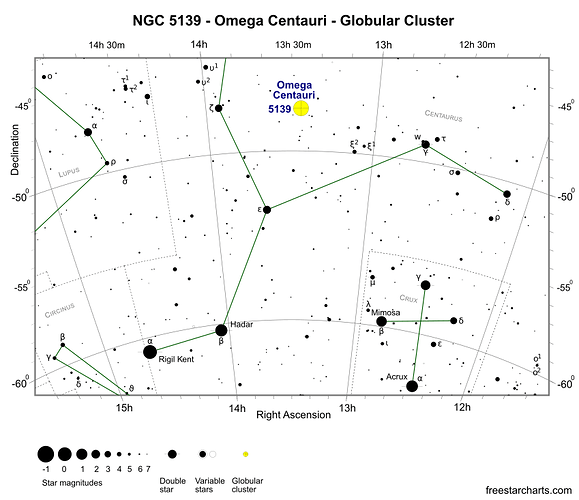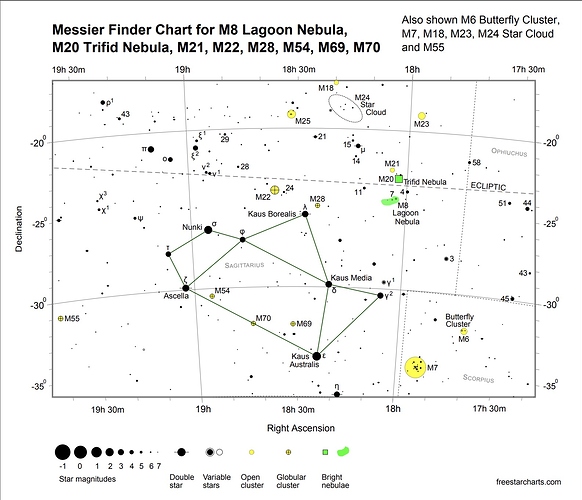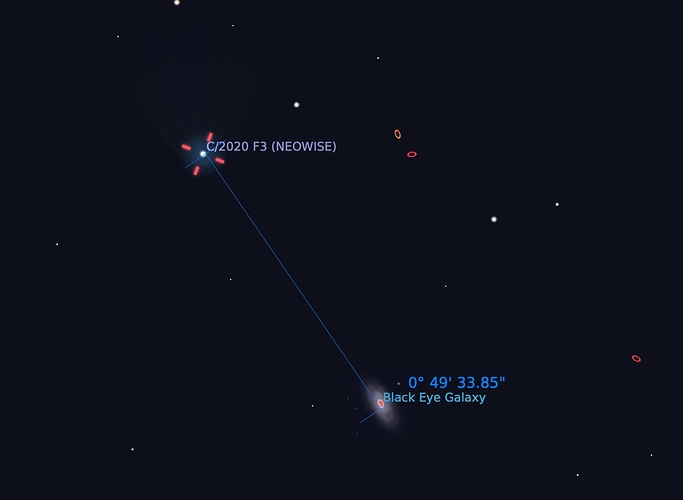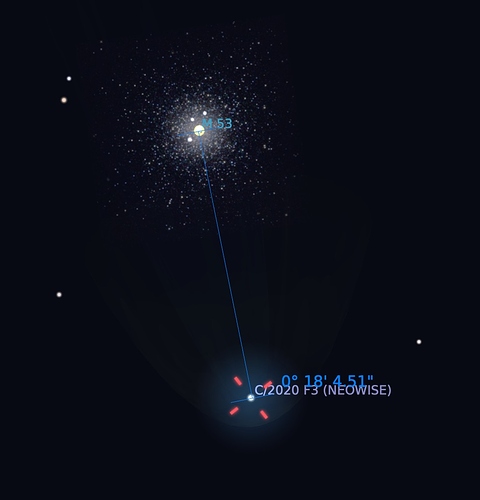Here’s a few targets for this week. I am just posting a few as the full moon is going to give very short periods of time for observation.
Naked eyes
Venus is shining bright in the morning skies. Look towards east before sunrise.
Binoculars and Telescopes
The following targets are visible on both binoculars and telescopes.
Omega Centauri
Arguably the best globular cluster in our skies. This is visible as a faint smudge to the naked eyes from dark skies and is a brilliant target on instruments of all sizes. Telescopes resolve the individual stars in the cluster. It’s believed to have about 10 million stars and it’s thought to be the core of a dwarf galaxy that was disrupted and absorbed by the Milky Way.
Lagoon and Trifid Nebulae
The constellation of Sagittarius has a ton of objects that can be seen with binoculars and telescopes. The easiest nebulae among them are the Trifid nebula(M20) and the Lagoon Nebula(M8).
The Trifid Nebula, the dimmer of the two, contains an emission nebula, a reflection nebula, a dark nebula and an open cluster. It’s a truly magnificent object. A telescope is needed to see all these details while binoculars will only show a fuzzy circular patch with some dark bands in the middle.
The Lagoon Nebula is faintly visible to the naked eyes from dark locations and it has a similar apparent size as that of the Orion Nebula. This is the easiest of the two objects to spot.
Comet NEOWISE Astrophotography opportunities
On the 4th of August, Comet NEOWISE will be less than half a degree from M64, the Black Eye Galaxy. If you have a good astrophotography rig, it might be worth taking a shot at this.
On the 6th of August, Comet NEOWISE will be just 18 arc minutes away from the globular cluster M53. This might be a better opportunity for photography as the moon won’t be there till a few hours into night and in general, it is easier to photograph a cluster compared to a galaxy.
Do go out, spot these objects and share your observation logs and sketches.
Clear skies,
Siva



